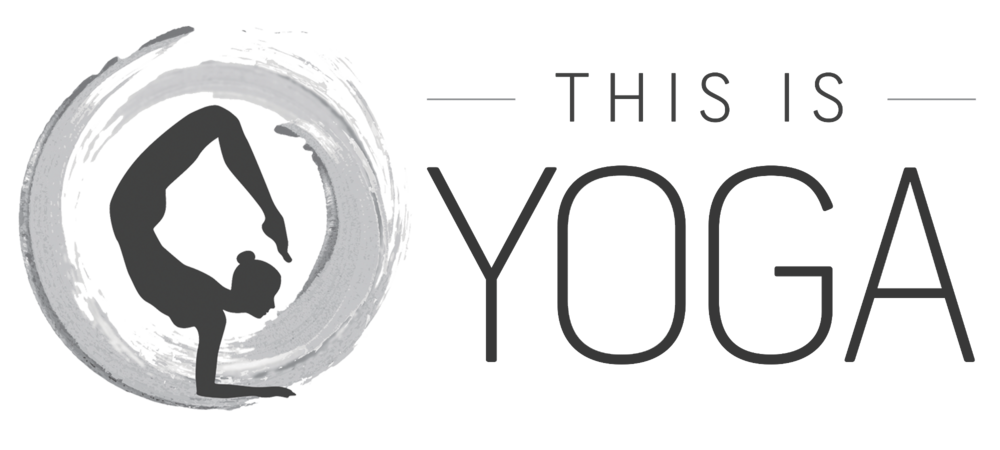Whilst a regular daily routine is one of the keys to a more balanced, calm, productive and healthy lifestyle, we benefit from changing things up from season-to-season. We humans are animals, just like the birds and squirrels outside, and before we shifted to living domesticated indoor lives, we would have been deeply connected to the subtle changes from season-to-season, and adjusted our lives accordingly. Today however, we need to be a little more purposeful in living seasonally, and make more conscious decisions when it comes to changing how we live, what we eat, and the way we practice yoga throughout the year.
Think of your daily routine as your anchor point – perhaps you always drink a large glass of water when you wake up; maybe you always practice a few minutes of yoga in the morning. Maybe you always pause to eat lunch, or always take a moment to cultivate calmness when you arrive home with yoga nidra, or a few moments of meditation before bed. If you’ve found a daily routine that serves you well, keep that as your anchor, but allow the season to influence a change in how you go about your day. For the tips on changing up your yoga practice, props, lifestyle and foods as we move from Summer to Autumn, read on!
How to refresh your yoga practice
Summer and Autumn are two very different seasons in an energetic sense. Whilst summer is the peak of ‘yang’ energy in the year, Autumn sees us swiftly moving towards a distinctly more ‘yin’ feeling, and our practice benefits from mirroring this change. As Dallas Hartwig writes in the 4 Season Solution, Summer is very conducive to leading a ‘yang’ lifestyle, where we socialise more, stay up a little later, engage in lots of fun activities, and navigate the world in a more extroverted way. As you can imagine, living life in Summer mode can be tiring, so when Autumn arrives, it’s important to recognise this as a signal to slow down. Try changing your sun salutations to moon salutations, switch up one of your vigorous vinyasa flow classes for a slow and stretchy yin session, or give yourself more stillness by choosing meditation instead of a sweaty hot yoga class. Restorative yoga is one of the best choices we can make when choosing a yoga practice to support us through the ‘yin’ seasons of the year, and when we give ourselves this time to recover and restore, we’re more able to literally ‘spring’ back into action when the warmer months return.
How to make more mindful food choices
When we consume local, seasonal foods, we give our bodies the exact nutrients they need in that very moment. Take blackberries for example, which are ready to pick at the beginning of September; these delicious berries are full of antioxidants, which help our cells recover from the natural oxidative damage that happens when we’re exposed to lots of sunshine, stress or exercise during Summer. Blackberries are also very high in vitamin C, which helps boost the immune system in preparation for Autumn and Winter. As well as eating seasonally, we can turn to the wisdom of Ayurveda (yoga’s ‘sister science’ and an ancient health system) for guidance. Ayurveda reasons that Autumn is a season comprising more of the qualities of coldness, dryness in the form of drier air, irregularity in the changeable weather, and lightness in the way the plants and trees lose their leaves and pause their growth. When we’re exposed to too much of these cold, dry, irregular and light qualities, we can become imbalanced and unwell. Because of this, we benefit by bringing the opposite qualities of warmth, oiliness, heaviness and regularity into our lives. Try consuming more cooked foods, use coconut or sesame oil in cooking (and oil on your body too!), use ghee in recipes, enjoy warming spices like cinnamon and ginger, and ensure you’re eating regular meals at regular times – your digestive system will thank you!
How to upgrade your yoga props
Whilst Summer may have been all about grippy yoga mat towels, cork mats that work better the more you sweat, and eco yoga shorts, it’s time to introduce more cosiness to your practice as we head into Autumn, especially if you’re going to be practicing a different style of yoga such as yin or restorative. Try the Yogamatters Wellness Pilates mat, which is super cushiony at 8mm thick. For your restorative practice, use the Yogamatters Organic Relaxation Kit. To really relax your nervous system, a sandbag and lavender-scented eye pillow are wonderful additions, and well worth adding to your home yoga practice kit.
How to refresh your lifestyle and home décor
After the extroverted nature of Summer, Autumn invites us to rest and nest, and start living in a more introverted way that allows us to make deeper connections to friends and family. Instead of frolicking with acquaintances, Autumn is about strengthening the relationships we already have, and getting to know ourselves a little better. Is there a friend you haven’t seen in a while? A family member who would love you to call them? As opposed to the expansive energy of Summer, think of Autumn as a time to contract inwards a little more – wind up projects and resist making lots of new plans until the Spring. Focus on finishing tasks you’ve been working on throughout the year, and get yourself organised with The Positive Bullet Diary. A regular practice of journaling is a great way to allow your mind to process thoughts and emotions, and to wind down at the end of a long day, treat yourself to a bath with Epsom Salts.






